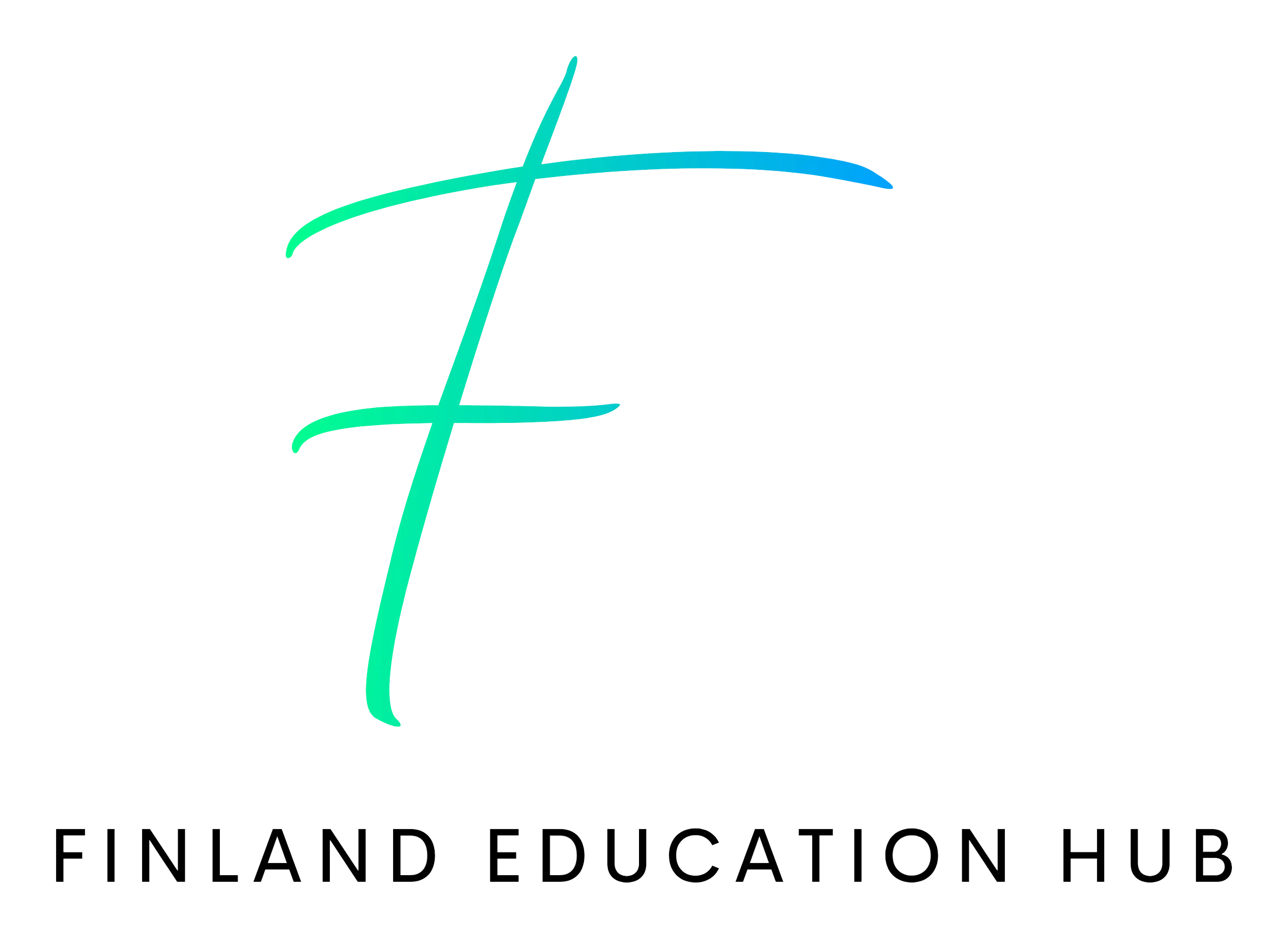Assessment and Grading in Finnish Schools: A Different Perspective
Assessment and grading are integral parts of any education system, as they provide feedback and measure students’ progress. In many countries, a traditional approach to assessment focuses heavily on standardized tests and ranking students based on their performance. However, Finnish schools offer a unique perspective on assessment and grading that deviates from this traditional model. With a focus on holistic development and individual growth, the Finnish education system places less emphasis on grades and more on the overall learning experience. In this blog post, we will explore the Finnish approach to assessment and grading and its implications for students’ academic journey.
-
Assessment for Learning
-
- In Finnish schools, assessment is not merely a means to rank and sort students but rather a tool for learning and improvement. The Finnish education system places a strong emphasis on formative assessment, also known as assessment for learning. Teachers in Finland use various methods to gather information about students’ progress and understanding throughout the learning process. These methods include observation, self-assessment, peer evaluation, and feedback-driven discussions. The focus is on helping students identify their strengths, weaknesses, and areas for improvement, rather than solely on assigning grades.
-
Encouraging Active Participation
-
- One of the key aspects of Finnish assessment practices is to foster active participation among students. Instead of passively receiving grades, students are encouraged to engage in their own learning journey. They are involved in setting learning goals, reflecting on their progress, and taking ownership of their education. This active involvement helps students develop self-regulation skills, critical thinking abilities, and a growth mindset, all of which are crucial for lifelong learning.
-
Qualitative Feedback
-
- In Finnish schools, the focus is on providing meaningful and individualized feedback rather than assigning grades. Teachers in Finland take the time to provide qualitative feedback that highlights students’ strengths, areas for improvement, and specific steps they can take to enhance their learning. This feedback is specific, constructive, and aimed at supporting students’ growth rather than merely evaluating their performance. By emphasizing feedback over grades, Finnish schools foster a positive learning environment where mistakes are seen as opportunities for improvement rather than failures.
-
Minimizing External Pressure
- Unlike in many education systems around the world, Finnish schools place minimal external pressure on students. Standardized tests are rare, and the focus is on promoting intrinsic motivation and a love for learning rather than competition. By reducing the emphasis on grades, Finnish schools create a less stressful environment that allows students to focus on their personal growth and development. This approach contributes to lower levels of anxiety and promotes students’ overall well-being.
- Holistic Assessment (400 words) Finnish schools take a holistic approach to assessment, considering not only academic achievements but also students’ social and emotional development. They value the development of skills such as critical thinking, creativity, collaboration, and problem-solving, alongside subject-specific knowledge. This broader view of assessment recognizes that success in life extends beyond the acquisition of content knowledge and encompasses the ability to apply knowledge in real-world situations.
Conclusion
The Finnish approach to assessment and grading in schools offers a refreshing and student-centered perspective on education. By prioritizing individual growth, active participation, qualitative feedback, and holistic development, Finnish schools create an environment that fosters intrinsic motivation and overall well-being. While not directly replicable in every education system, there are valuable lessons to be learned from this approach. By adopting elements of the Finnish model, education systems worldwide can move towards a more inclusive and student-centered approach to assessment and grading, promoting lifelong learning and the holistic development of students. To learn more about Finland’s education system and explore innovative practices, visit the Finland Education Hub.

